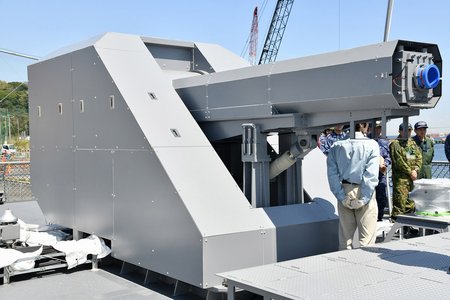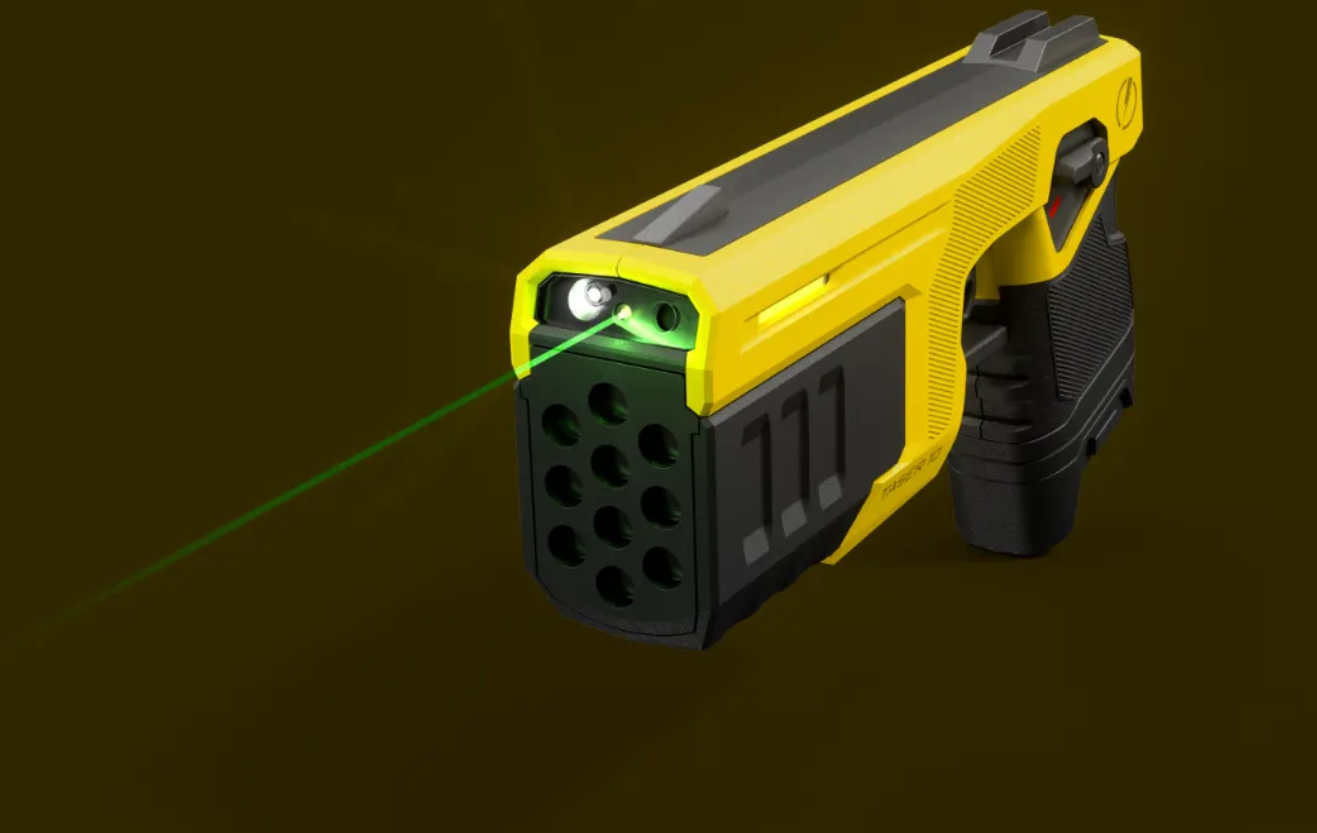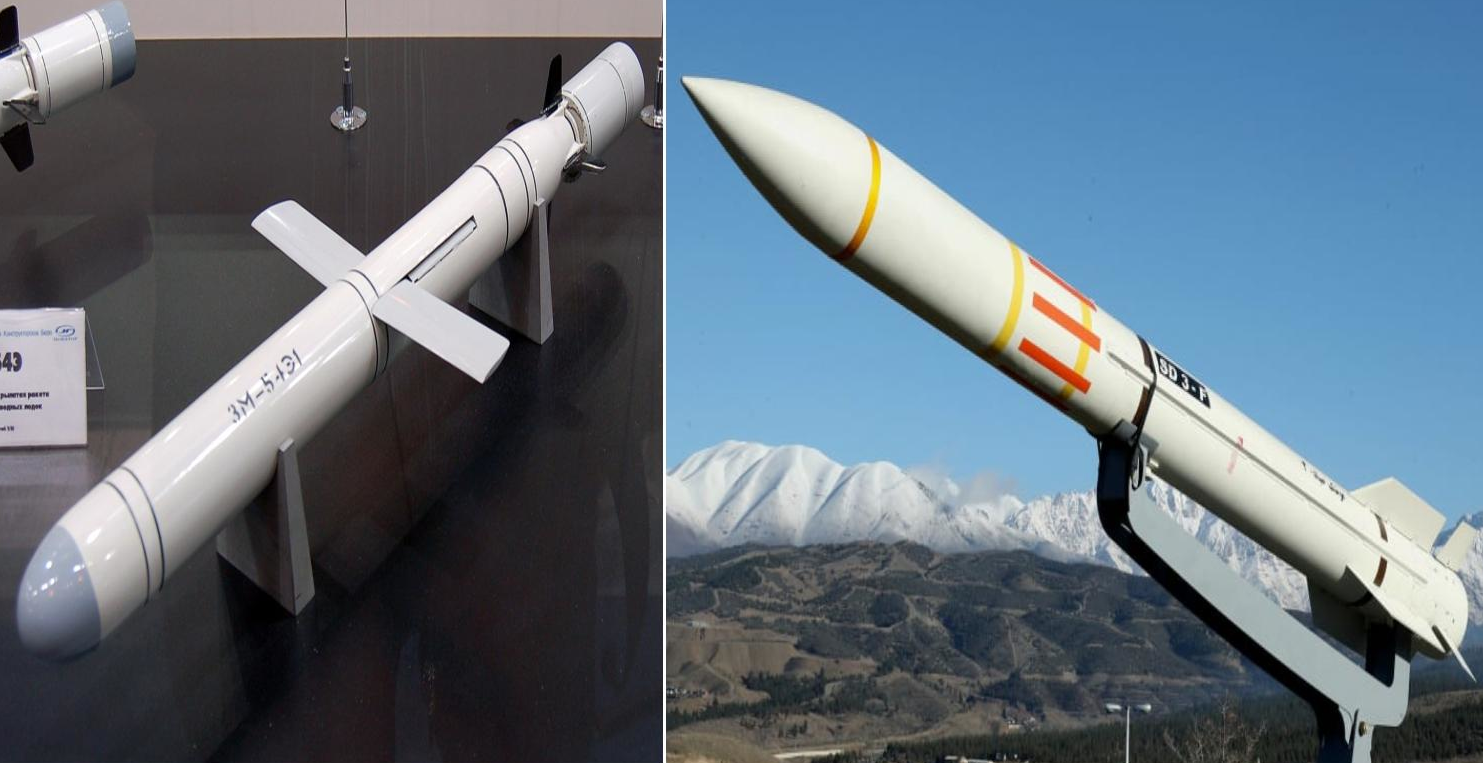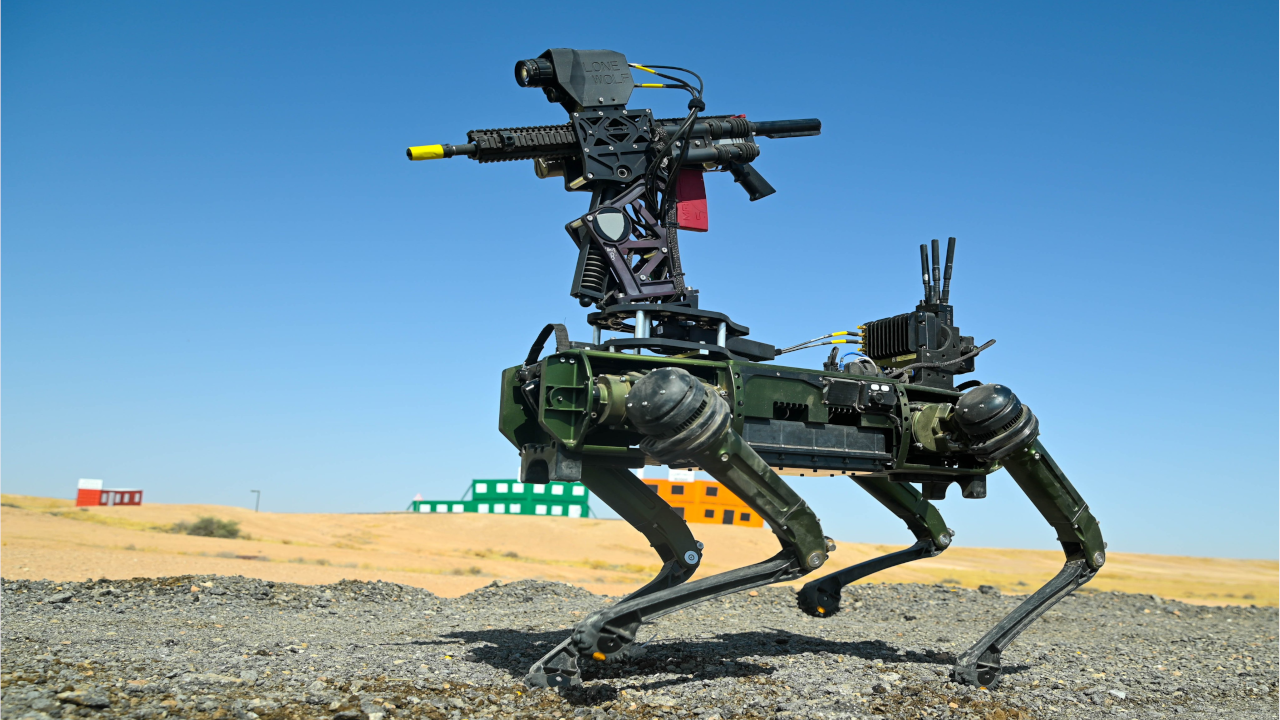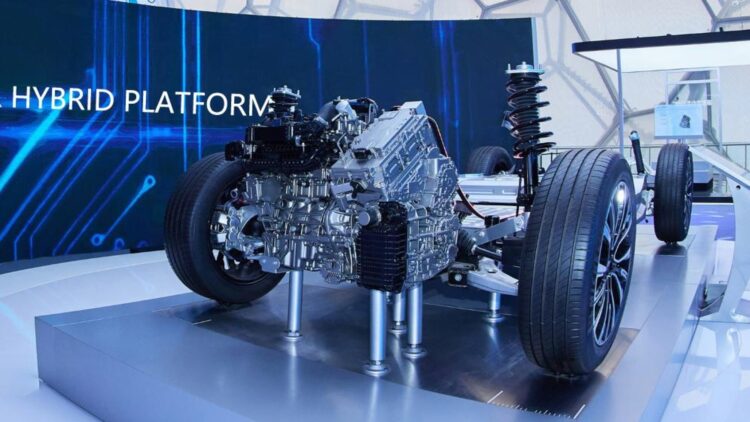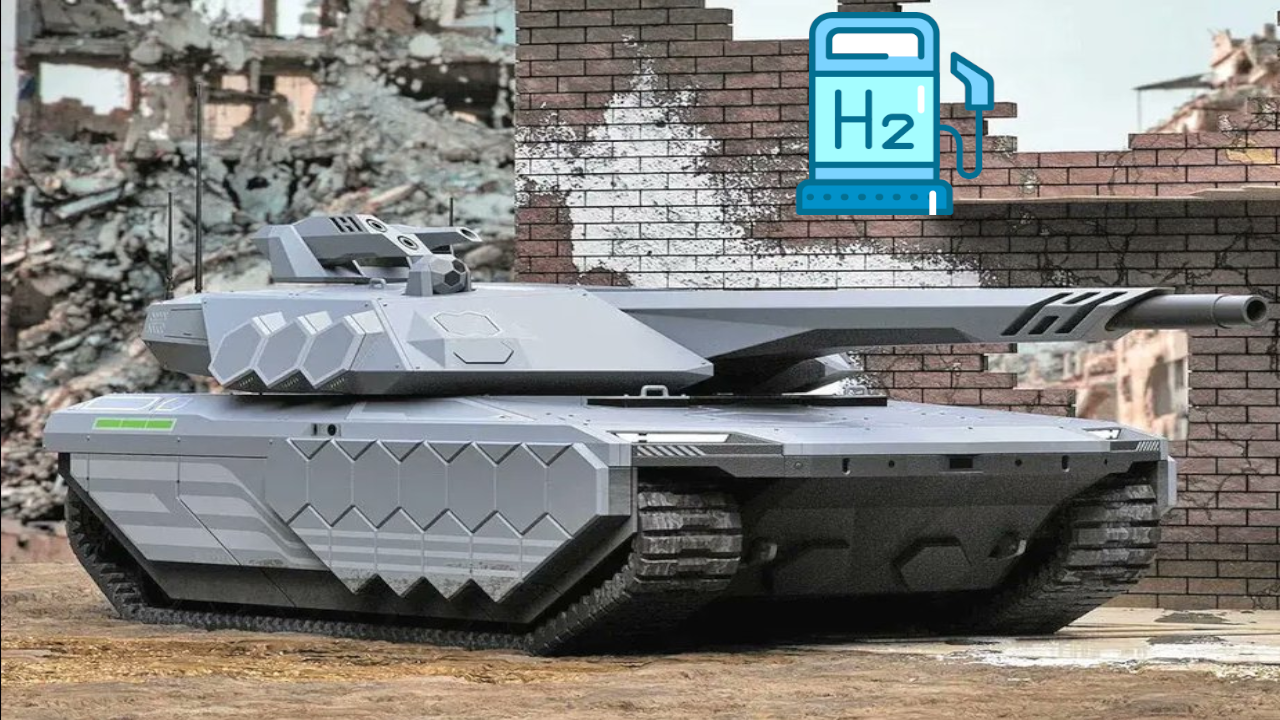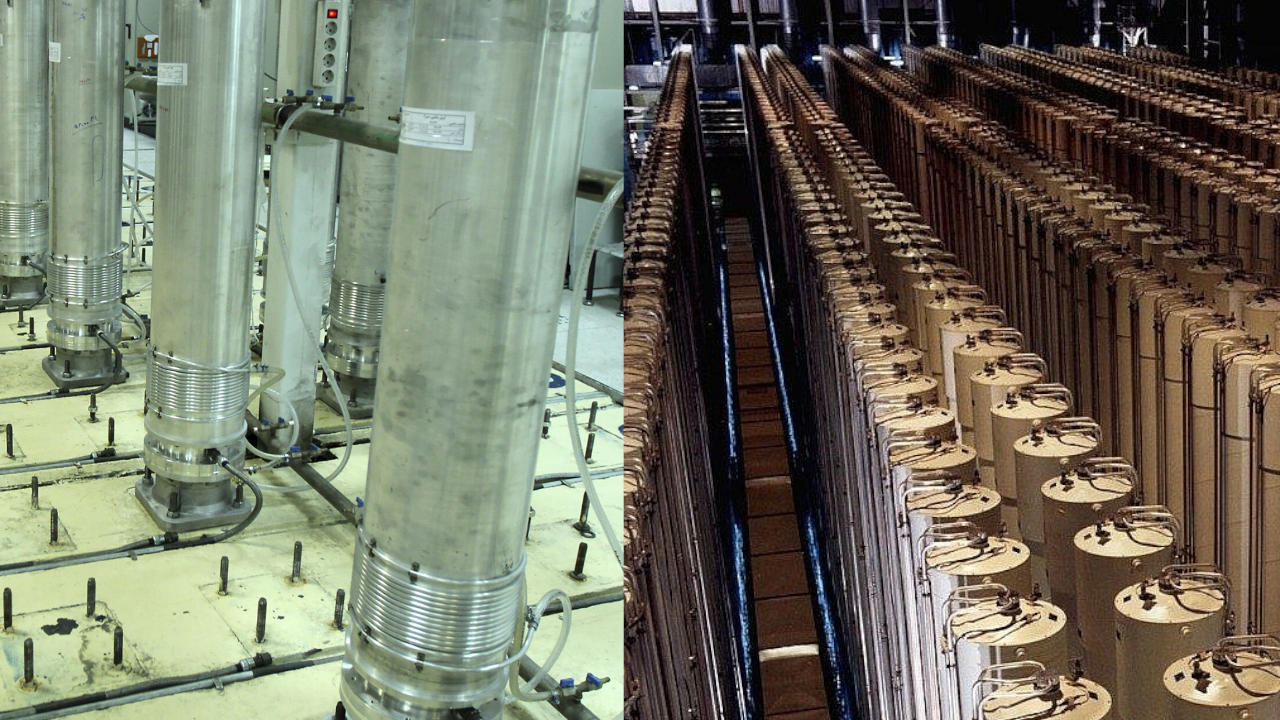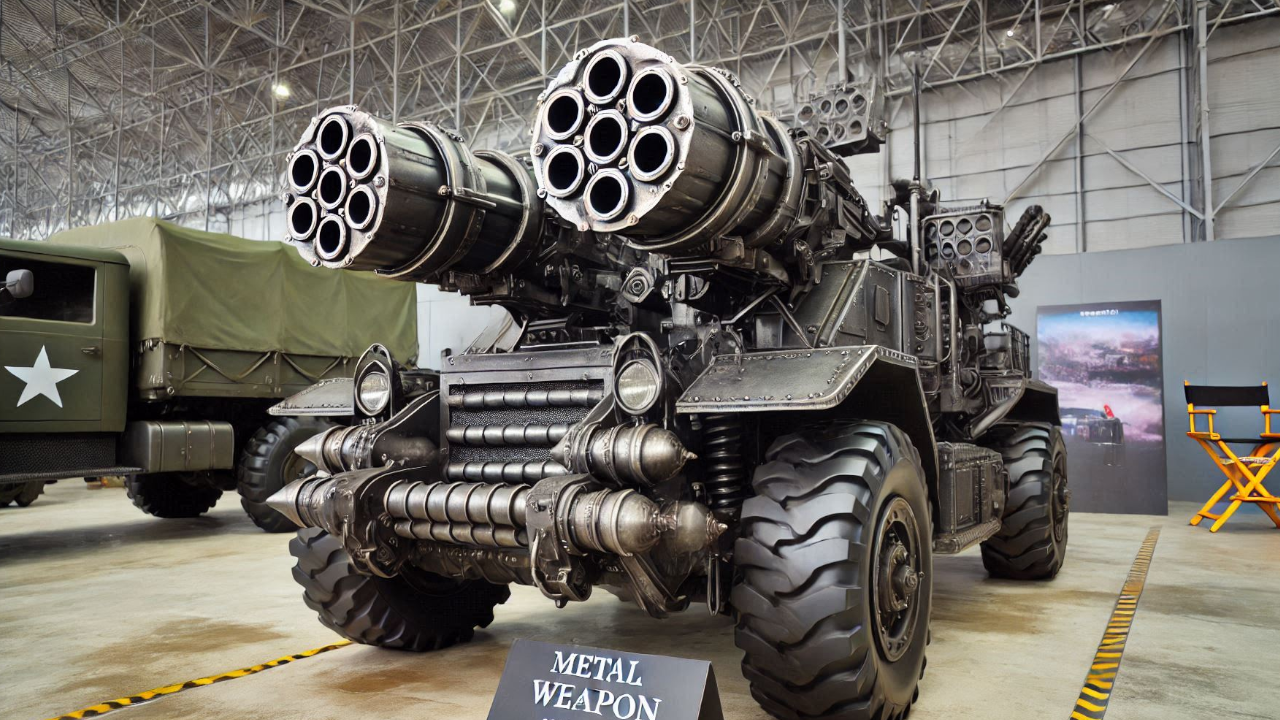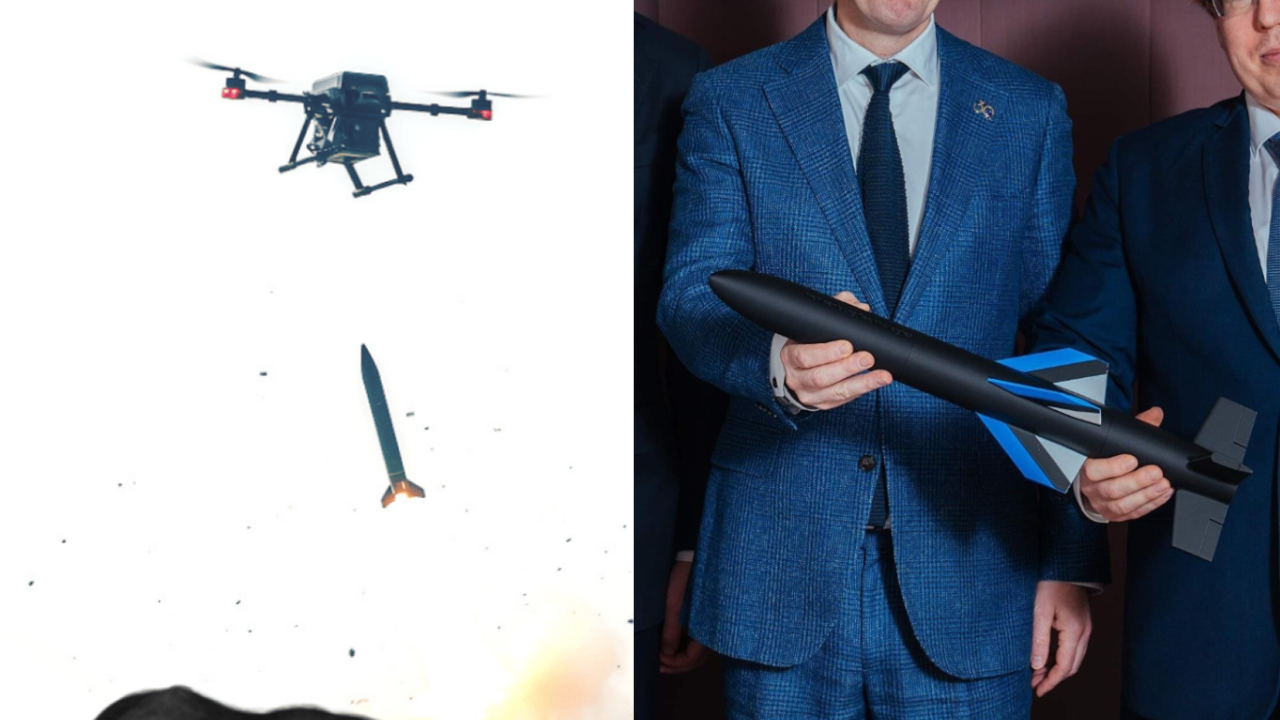The Japanese Navy has achieved a significant breakthrough in defense technology by deploying its first hypersonic railgun. This advanced weapon, mounted on the experimental warship “JS Asuka,” is specifically designed to counter missile and drone threats.
Unlike traditional cannons that rely on the detonation of chemical propellants to fire projectiles, the railgun uses electromagnetic energy to launch its rounds at speeds exceeding Mach 7 (seven times the speed of sound). These projectiles rely on their immense speed to intercept hostile aerial targets, including hypersonic missiles.
This electromagnetic railgun boasts several advantages, notably its low operational cost, rapid response time, and precision strike capability, making it an effective solution for modern threats.
Japan began developing its railgun program in 2016 as part of its efforts to strengthen its defense capabilities against hypersonic missiles. In October 2023, the country conducted its first successful at-sea firing test of the weapon. Today, Japan has become the first nation to practically deploy this innovative technology.
It is worth noting that the U.S. Navy halted its railgun development project in 2021, after spending over $500 million over more than a decade. The primary reasons behind this decision were technical challenges, such as enormous power requirements and rapid barrel wear, alongside a focus on other promising technologies like laser weapon systems and high-energy microwave systems.
Meanwhile, China continues its efforts in developing electromagnetic railguns and has announced significant progress in this area, including the ability to launch smart hypersonic projectiles that can be precisely guided via satellite.
